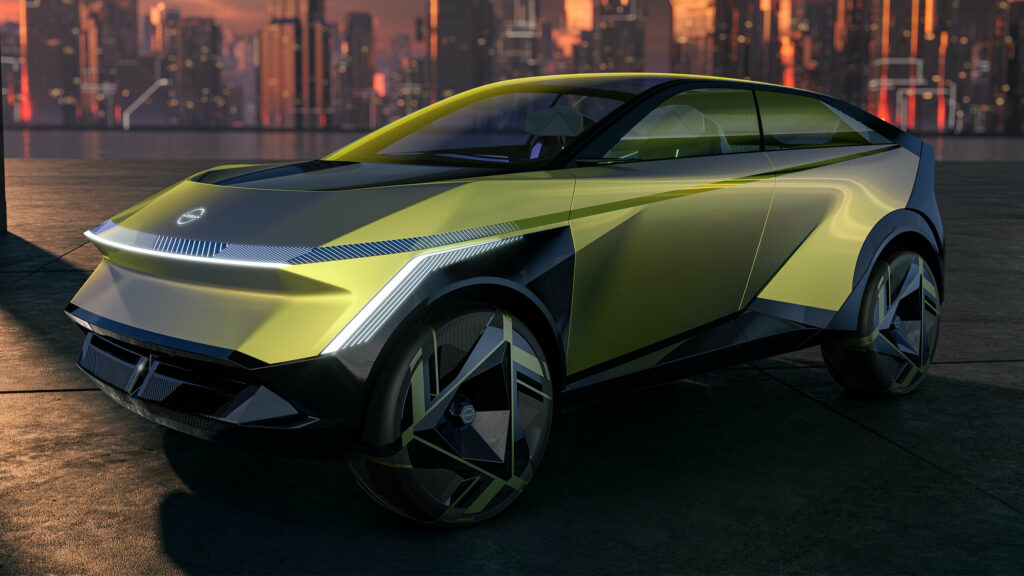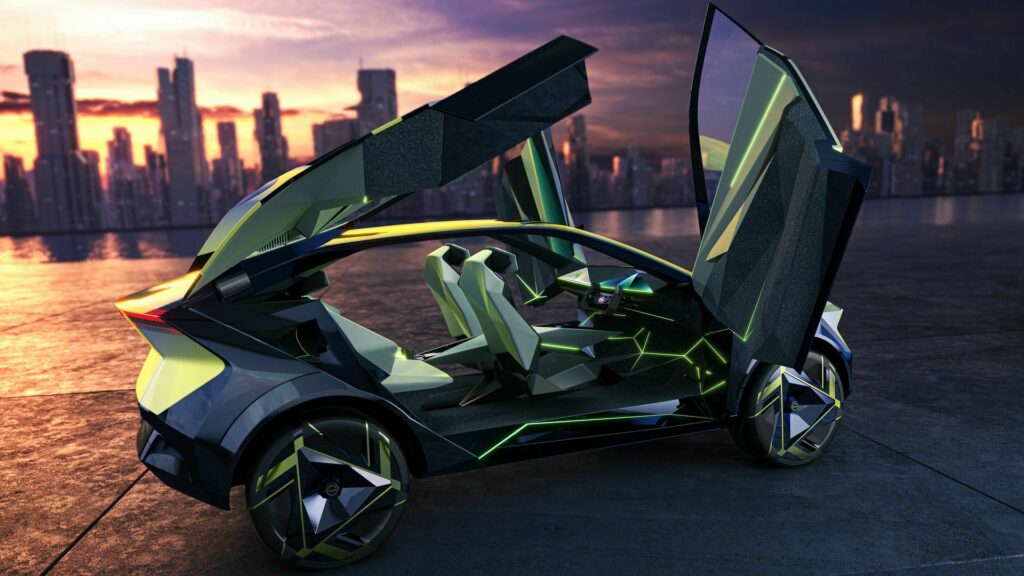The Nissan Hyper Urban concept previews the design and technological capabilities of future EVs from the brand
2 hours ago
 –>
–> 
–>
Nissan has unveiled the first of a series of electric concept vehicles that it will unveil at the Tokyo Motor Show later this month, now known as the Japan Mobility Show. This first concept, dubbed the Nissan Hyper Urban, is a radical SUV designed for “urban and suburban-based professionals who prioritize environmental sustainability.”
The car manufacturer says the Hyper Urban previews the design and technological capabilities of Nissan’s future electric offerings. The exterior design is a dramatic departure from the current Nissan Ariya electric SUV and is dominated by angular lines and surfaces that make us wonder if Nissan’s designers have been studying recent designs from Hyundai.
Things start at the front end where the Hyper Urban has a full-width LED light bar and a sharp fascia completely free of curves. It then features a gloss black bumper to contrast the lime yellow paint that Nissan says “changes chromatic expressions depending on the angle that light hits it.”
advertisement scroll to continue

A look at the concept from the side reveals that it is an intriguing four-door where butterfly doors are found up the front and suicide-butterfly doors are found at the rear. Obviously, such a design would be hugely impractical in the real world but this is a concept after all. Dominating the rear of the concept is an LED light bar and an angular fascia.
Read: Super Sporty Nissan Concept 20-23 Is A Big Tease Of The New Micra EV
The interior of the Hyper Urban is just as striking as the exterior but at this stage, Nissan has only released a single image of the cabin, showing the rear. In this photo, we can see that the concept is equipped with lounge-like chairs complete with large ottomans and a central screen that rear-seat passengers can enjoy. Interestingly, those ottomans are actually part of the front seats that can collapse and fold into the back seats.
[embedded content]
Nissan has made no mention of what kind of electric powertrain the concept has but says it features a V2H function and V2G capability. It has also been designed to accommodate hardware updates and regular software updates. The cabin, for example, could be updated with a new digital instrument panel to reflect “the latest technologies and trends in graphic user interfaces.”
 –>
–> 
